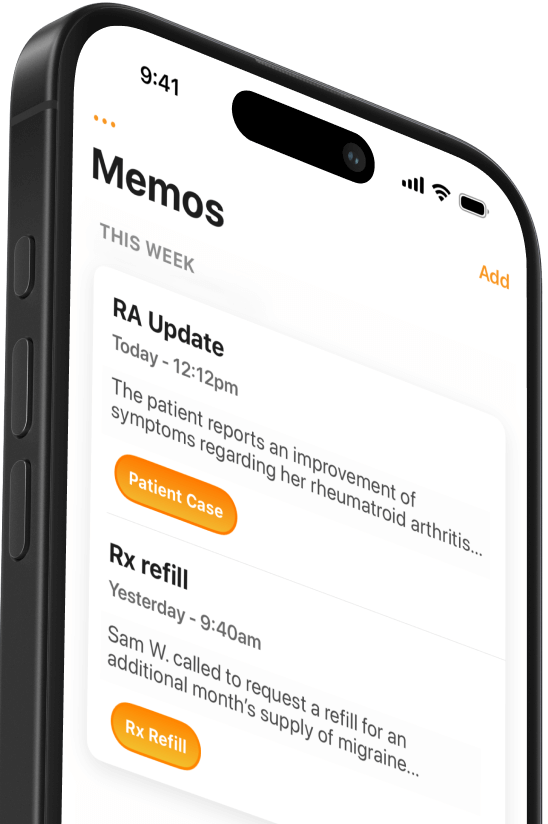Diagnosing slow Wi-Fi in your medical practice office
Slow Wi-Fi kills efficiency. Smartphones, tablets, and laptops need stable wireless—start troubleshooting with a simple speed test.


Popular articles
Wireless internet is a great fit for healthcare. With a well-configured Wi-Fi network, providers can stay connected as they move from room to room between smartphones, tablets and laptops.
This freedom of movement is a huge benefit and is helping medical practices be more efficient and effective. But what happens when your office connection is slow or unreliable?
Confirm there is a problem

If your internet seems slow an important first step is to quantify the problem.
An internet speed test measures your upload and download speed by sending files between your computer and the internet. There are lots of websites to test your internet speed in just a few seconds.
If you use Mobius Clinic, you can also test your internet speed within the app in just a few clicks. Go to Settings, scroll down to Support and click “Test Internet Connection.” When you are ready press “Go” and watch the speed test measure how fast your device can upload and download data.
If your internet seems slow but is still clocking in at the advertised speed, you can contact your ISP about an upgrade. If your internet is slower than it should be, there are a few things you can try.
Diagnosing slow internet
As a health care professional, you know diagnosis. But you may know nothing about Wi-Fi. Here are a few tips for improving your medical office Wi-Fi, which may help you pin down and fix the problem.
1. Determine activity. Do you know how many devices are connected to your network and what types of activities they are engaging in? This information will help you determine whether slow Wi-Fi is a result of not having enough bandwidth.
2. Make clear signal lines of sight. The distance and materials between your router and devices affect Wi-Fi signal strength. Find the best spot for your router, add access points or upgrade your router’s antenna.
3. Update the router’s firmware. If you’ve been using the same wireless router for several years, updating the firmware could improve performance. Firmware is basically the operating system designed to run on your router make and model, which can be updated via the manufacturer’s website.
4. Use the 5GHz network. Most newer routers offer dulaband, which means they send out two networks signals at 2.4GHz and 5GHz. The 5GHz signal will typically be less crowded because the 2.4GHz frequency is used by many non-computer devices (like cordless phones, microwave ovens and more).
Ultimately, you are the judge of whether your office Wi-Fi is fast enough. Acceptable speeds will depend on your practice, but most medical offices will want to operate with at least 20 Mbps. In 2018 the average internet speed for US users is 26 Mbps.
If weak network performance is causing inefficiencies in your workday, it’s time to fix the problem.
Related Articles


We Get Doctors Home on Time.
Contact us
We proudly offer enterprise-ready solutions for large clinical practices and hospitals.
Whether you’re looking for a universal dictation platform or want to improve the documentation efficiency of your workforce, we’re here to help.




